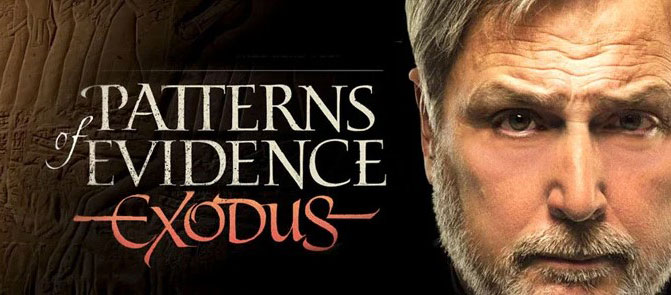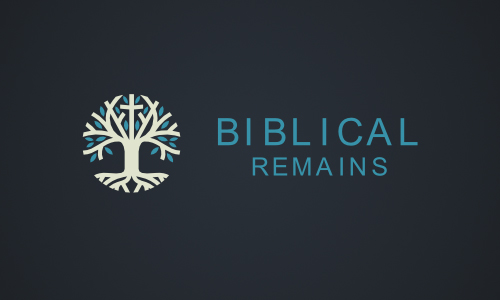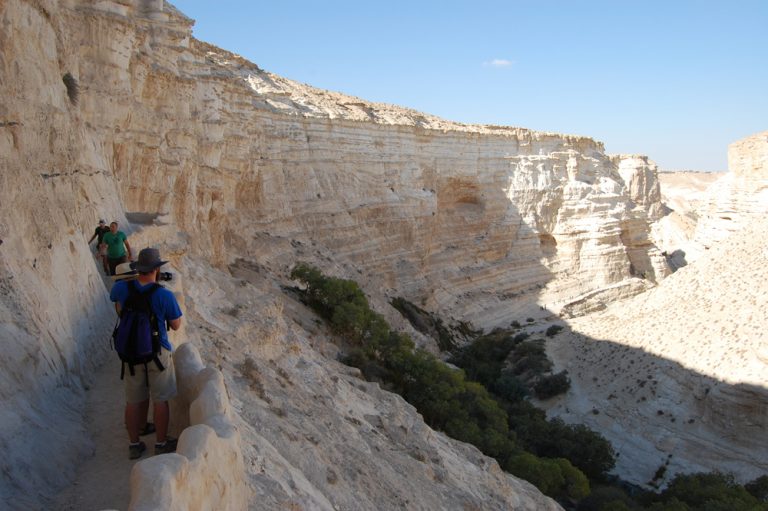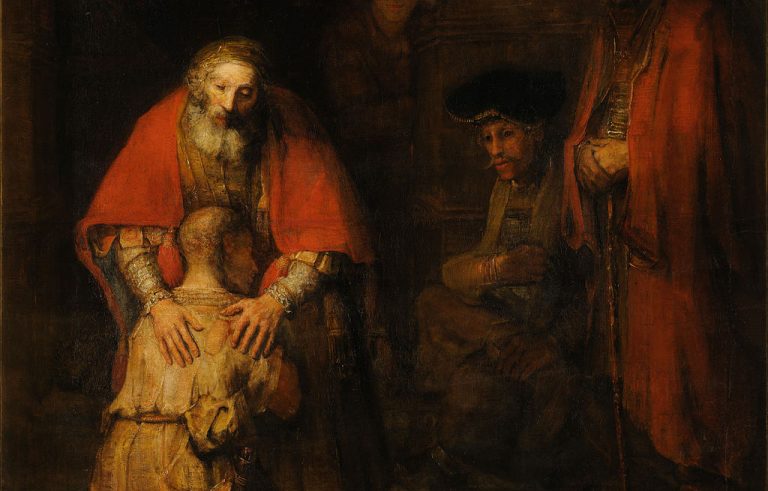Another broken arrow in the quiver of Apologetics: A Review of the film “Patterns of Evidence”
After twelve years of work, filmmaker Tim Mahoney is finally releasing, for one night only (tonight) his documentary, “Patterns of Evidence,” about the archaeological and historical evidence for the biblical exodus. I had the opportunity to view a pre-released version of the film back in November and can attest to the production value that twelve years of work creates. The film has already won awards for its craftsmanship.
While I think the film will be popular among many church-goers as a new arrow in the quiver of apologetics, I doubt many serious biblical scholars will agree with its conclusions. Indeed, those conclusions are widely connected to a historical theory which has been carefully negated in scholarship (even among otherwise orthodox biblical scholars). Because of this, I fear that the film’s popularity with churches will wind up leaving the church ridiculed for trying to fire another broken arrow at the “white tower establishment”.
Patterns begins with a straightforward enough concept: The Bible describes an exodus event for which, according to many scholars, there is little to no extra-biblical corroborating archaeological or historical evidence. Taking seriously the record of the biblical text, Mahoney, a self-described “reluctant participant,” engages in what he calls a “scientific method” of identifying the exodus in the historical record. This method attempts to match the chronological “pattern” of the exodus described in the biblical text to evidence of that same chronological pattern in the archaeological and historical record.
Mahoney comes to a crisis when, as noted above, he finds there is little evidence of that “pattern” in the time periods normally associated with the exodus event. Stymied by professional archaeologists, even those who are otherwise sympathetic to traditional interpretations of the biblical text, Mahoney turns to the theories of David Rohl and John Bimson who, instead of accepting the normal dates associated with the reigns of Egyptian kings, have argued for revising the traditional chronology of Egyptian kings by pushing forward and expanding the king list by nearly 200 years.
This would allow the archaeological remains associated with earlier Egyptian dynasties to coincide with a 1450 date for the exodus. Fantastically depicted in the film’s best feature, an imaginary expanding “wall of time” shows how the different levels (biblical chronology, Egyptian chronology etc.) are aligned by Rohl, Bimson and Mahoney’s chronological shift.
It’s no surprise that the film is billed as “provocative” and “game-changing.” Mahoney opts to change everything we think we know about Egyptian history in order to get it to match more closely with the biblical chronology. But, contrary to what the filmmakers would have you believe, there is nothing new here, just a dejected theory. Indeed, most of the scholars interviewed in the film, even those who believe in a traditional biblical dating of the exodus, reject this revised chronology and opt for less-sensational, less provocative, less game changing, more accurate and more nuanced descriptions of the archaeological evidence of the exodus.
Contrary to what #patternsofevidence claims, there is nothing new here, just a dejected theory
Unfortunately, those alternative positions are never fully articulated in the film, nor, for that matter, are any specific problems with the revised chronology. By short handing particular perspectives, the film becomes biased towards Rohl’s revised chronological solution, when other solutions could have been discussed. When I asked Mahoney Media why that was the case, Steve Law, the film’s co-writer, indicated that test audiences wound up becoming fatigued by “too much information.” Ultimately he indicated that “To us, the emphasis given in the film to the general idea of chronological revision not only was more cinematically engaging, but also has the most explanatory potency.”
This is the problem with the documentary format. It is not the best format to put forth and test supposed “new” ideas and solutions no matter how much they are qualified by “perhaps’s” and “could’s.” Time constraints mean that creditable opposition is never addressed. In “Patterns,” all scholarship becomes flattened in a “them” vs. the revised chronology paradigm. The film lumps together traditional biblical maximilists and secular minimalists in a gang of “archaeological giants” that the revised chronology will take down with nothing but a sling and a prayer.
Apparently, arguing that secular scholars might be right in the date of the exodus but wrong in the details is simply not as provocative as claiming that scholars have everything under the sun about the exodus wrong. This is the problem with the medium Mahoney is using to argue for the historicity of the exodus. When it comes to the box office, the more provocative solution is always the best one, but when it comes to doing good historical, archaeological and biblical research, a theory’s glitz bears little on its accuracy. Real historical research is pounded out in the dialogue of hundreds of articles and papers, and refined in the open response to accusations of error in hundreds of pages – a 2-hour time limit and audience fatigue is not a problem.
In six hundred theaters tonight, viewers will come away from the film with no idea that they have just picked up a broken arrow. They won’t know that the revised Egyptian chronology is not a new theory and has been shown to create as many problems for biblical chronology as it solves. For instance, the stratigraphic sequence of the archaeological record in Israel doesn’t change even if we change the chronology of the Egyptian kings and associated material remains in Egypt. Major synchronizations between the biblical text and the archaeological record in the Iron Age wind up being pushed out of sync by Rohl’s revised chronology, for the periods of the Judges, the united monarchy and thereafter. (For a more detailed discussion of the problems the revised chronology creates, see Bryant Wood’s article here . For a fuller articulation of the very cogent alternatives to Rohl’s chronology, read Hoffmeier’s Israel in Egypt)
Simply put, Mahoney doesn’t consider a large enough data set. When trying to link the biblical chronology to the archaeological record we can’t just account for the pattern of the exodus: the arrival of the Hebrews in Egypt, their multiplication and enslavement, the eventual judgment of Egypt and subsequent exodus and conquest of Canaan. We also have to account for every period thereafter: the arrival of the philistines, and period of the judges, the united monarchy, civil war and Shishak’s attack, and the divided kingdoms of Israel and Judah.
What we know about the stratigraphic and historical sequence of the latter set in Israel makes the chronological revision suggested by Mahoney untenable. In the end, by over-emphasizing the revised Egyptian chronology, Mahoney abandons the critical scientific method that led him to question mainstream archaeological thought in the first place.
The historicity of the bible is not dependent upon the vicissitudes of historical preservation.
Ultimately, “Patterns of Evidence” will leave viewers with the erroneous impression that the bible can be proven true by archaeology, but the historicity of the biblical text is not dependent upon the vicissitudes of historical preservation. Archaeology will not prove the veracity of the bible. Archaeology informs our understanding of the biblical text and the biblical text informs our understanding of the archaeological record. While we cannot fully understand one without the other, neither “proves” nor negates the other. And really, we shouldn’t ask them to.







